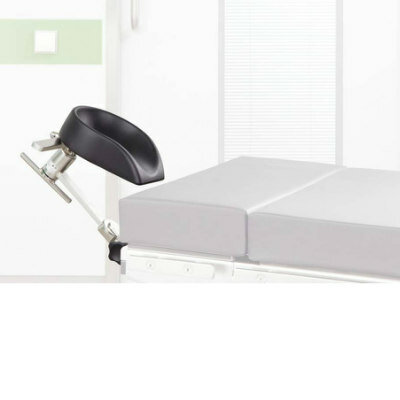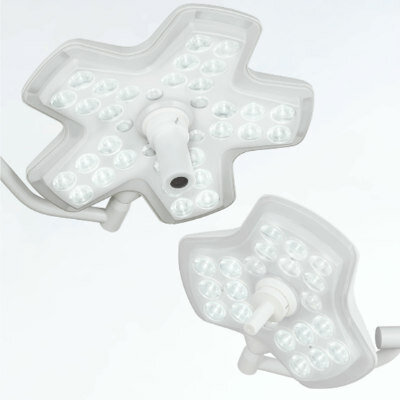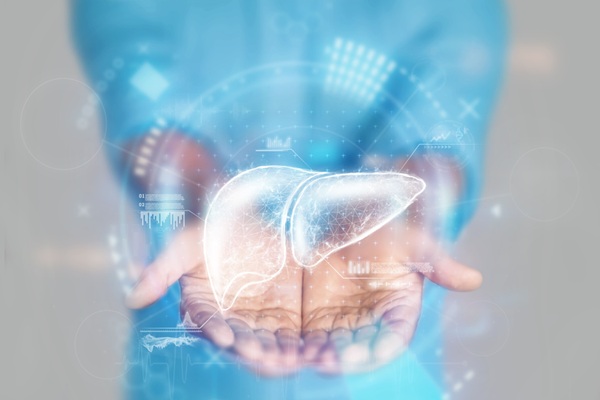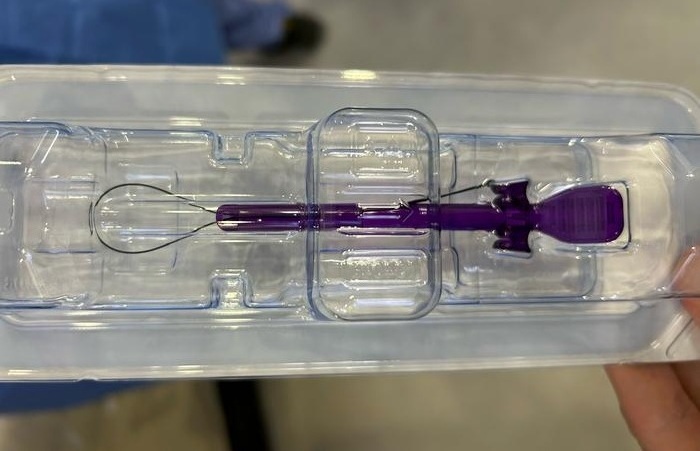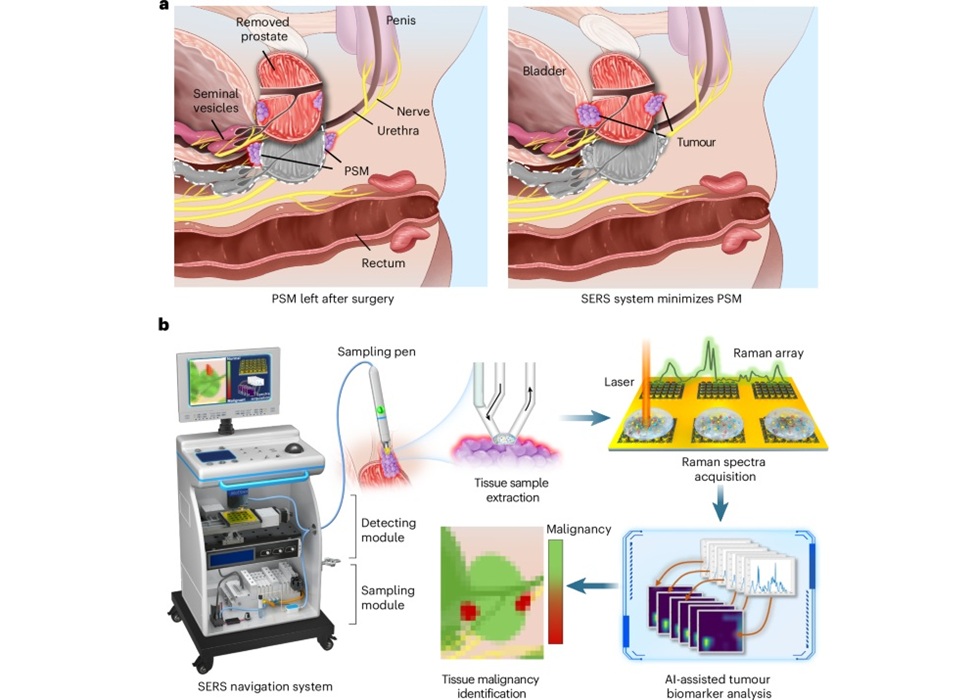Length of Time Between Births May Increase Autism Risk
|
By HospiMedica International staff writers Posted on 23 Sep 2015 |
Second-born children who are conceived sooner than two years or later than six years after the arrival of their older sibling have a substantially increased risk of autism spectrum disorder (ASD), according to a new study.
Researchers at the Kaiser Permanente Division of Research (Oakland, CA, USA) conducted a study to assess the association between interpregnancy intervals (IPIs) and ASD risk in a cohort of 45,261 children born at Kaiser Permanente Northern California (KPNC) between 2000 and 2009. Children with ASD were identified from KPNC electronic medical records, and IPI was defined as the time from the birth of the first child to the conception of the second child.
The results showed that autism was diagnosed in 0.81% of second-born children, following IPIs of three to four years. In second-born children with IPIs of less than six months, the prevalence of autism was 2.11%; for intervals of six to eight months, 1.74%; and for intervals of six years or more, 1.84%. According to the researchers, the results are not explained by maternal body mass index (BMI) or change in BMI between pregnancies, parental age, maternal antidepressant medication use, or unfavorable events occurring during the first or second pregnancy. The study was published on September 24, 2015, in the Pediatrics.
“Interpregnancy intervals—the time from the first birth to conception of the second child—may be a factor in autism risk,” said lead author Ousseny Zerbo, PhD. “And while additional research is needed, our study adds to the growing body of evidence about various risk factors for autism.”
ASD affects 6 per 1,000 children, and occurs more often among boys than girls. ASD affect three different areas of a child's life - social interaction, communication (both verbal and nonverbal), and behaviors and interests. The three main types of ASD are Asperger's syndrome, pervasive developmental disorder, not otherwise specified (PDD-NOS), and autistic disorder. The DSM-5 also included two rare but severe autistic-like conditions, called Rett syndrome and childhood disintegrative disorder.
To help determine how various autism risk factors may be linked to family genetics or environmental issues, a new effort is underway at Kaiser Permanente called the Autism Family Biobank, which will collect genetic information on a voluntary basis from 5,000 member families with a child on the autism spectrum, for a total of 15,000 participants.
Related Links:
Kaiser Permanente Division of Research
Kaiser Permanente Autism Family Biobank
Researchers at the Kaiser Permanente Division of Research (Oakland, CA, USA) conducted a study to assess the association between interpregnancy intervals (IPIs) and ASD risk in a cohort of 45,261 children born at Kaiser Permanente Northern California (KPNC) between 2000 and 2009. Children with ASD were identified from KPNC electronic medical records, and IPI was defined as the time from the birth of the first child to the conception of the second child.
The results showed that autism was diagnosed in 0.81% of second-born children, following IPIs of three to four years. In second-born children with IPIs of less than six months, the prevalence of autism was 2.11%; for intervals of six to eight months, 1.74%; and for intervals of six years or more, 1.84%. According to the researchers, the results are not explained by maternal body mass index (BMI) or change in BMI between pregnancies, parental age, maternal antidepressant medication use, or unfavorable events occurring during the first or second pregnancy. The study was published on September 24, 2015, in the Pediatrics.
“Interpregnancy intervals—the time from the first birth to conception of the second child—may be a factor in autism risk,” said lead author Ousseny Zerbo, PhD. “And while additional research is needed, our study adds to the growing body of evidence about various risk factors for autism.”
ASD affects 6 per 1,000 children, and occurs more often among boys than girls. ASD affect three different areas of a child's life - social interaction, communication (both verbal and nonverbal), and behaviors and interests. The three main types of ASD are Asperger's syndrome, pervasive developmental disorder, not otherwise specified (PDD-NOS), and autistic disorder. The DSM-5 also included two rare but severe autistic-like conditions, called Rett syndrome and childhood disintegrative disorder.
To help determine how various autism risk factors may be linked to family genetics or environmental issues, a new effort is underway at Kaiser Permanente called the Autism Family Biobank, which will collect genetic information on a voluntary basis from 5,000 member families with a child on the autism spectrum, for a total of 15,000 participants.
Related Links:
Kaiser Permanente Division of Research
Kaiser Permanente Autism Family Biobank
Latest Patient Care News
- Revolutionary Automatic IV-Line Flushing Device to Enhance Infusion Care
- VR Training Tool Combats Contamination of Portable Medical Equipment
- Portable Biosensor Platform to Reduce Hospital-Acquired Infections
- First-Of-Its-Kind Portable Germicidal Light Technology Disinfects High-Touch Clinical Surfaces in Seconds
- Surgical Capacity Optimization Solution Helps Hospitals Boost OR Utilization

- Game-Changing Innovation in Surgical Instrument Sterilization Significantly Improves OR Throughput
- Next Gen ICU Bed to Help Address Complex Critical Care Needs
- Groundbreaking AI-Powered UV-C Disinfection Technology Redefines Infection Control Landscape
- Clean Hospitals Can Reduce Antibiotic Resistance, Save Lives
- Smart Hospital Beds Improve Accuracy of Medical Diagnosis
- New Fast Endoscope Drying System Improves Productivity and Traceability
- World’s First Automated Endoscope Cleaner Fights Antimicrobial Resistance
- Portable High-Capacity Digital Stretcher Scales Provide Precision Weighing for Patients in ER
- Portable Clinical Scale with Remote Indicator Allows for Flexible Patient Weighing Use
- Innovative and Highly Customizable Medical Carts Offer Unlimited Configuration Possibilities
- Biomolecular Wound Healing Film Adheres to Sensitive Tissue and Releases Active Ingredients
Channels
Critical Care
view channel
AI Helps Optimize Therapy Selection and Dosing for Septic Shock
Septic shock is a life-threatening complication of sepsis and remains a leading cause of hospital deaths worldwide. Patients experience dangerously low blood pressure that can rapidly lead to organ failure,... Read more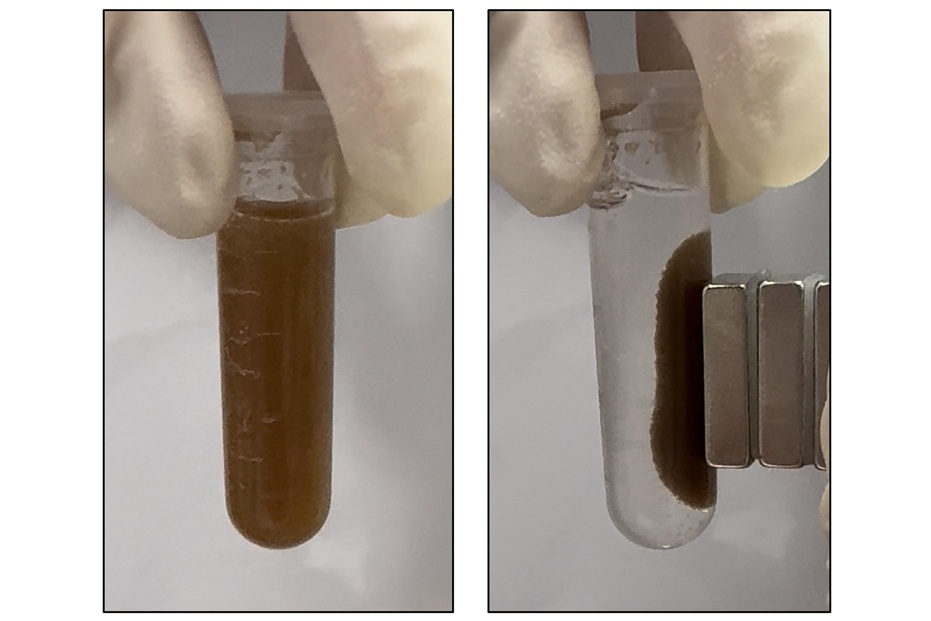
Glowing Bacteria ‘Pills’ for Detecting Gut Diseases Could Eliminate Colonoscopies
Diagnosing gastrointestinal diseases such as colitis and colorectal cancer often relies on colonoscopy, an invasive procedure that many patients avoid despite ongoing symptoms like bleeding, cramping, and diarrhoea.... Read more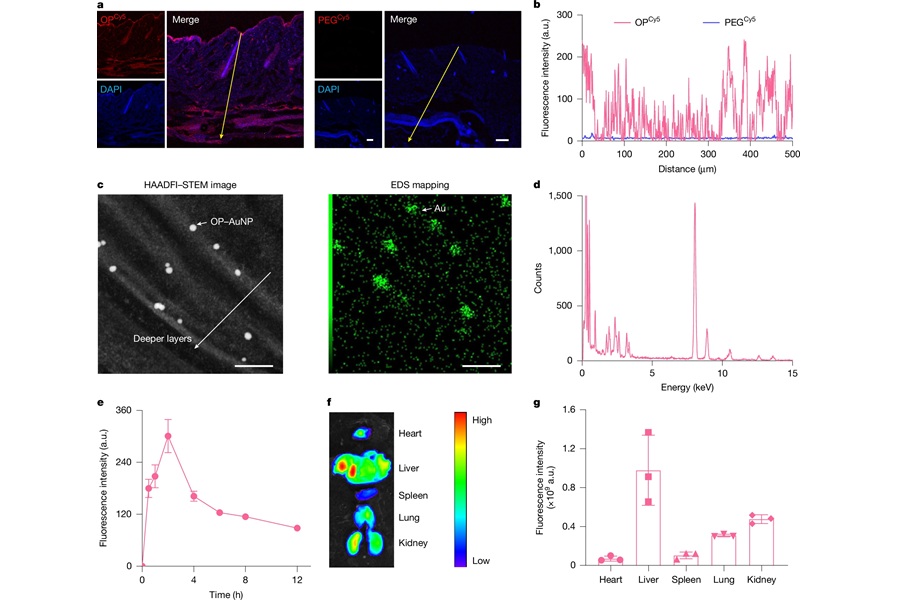
Skin-Permeable Polymer Patch Delivers Insulin Non-Invasively Through Skin
Managing diabetes requires regular insulin delivery, but injections remain invasive and burdensome for patients. While transdermal drug delivery works well for small molecules, the skin acts as a strong... Read more
Nanogel Technology Almost 100% Effective in Destroying Drug-Resistant Bacteria Within Hours
Antibiotic resistance is one of the most serious global health threats, driven by bacteria that evade treatment and form protective biofilms that shield them from drugs. Pathogens such as Pseudomonas aeruginosa,... Read moreSurgical Techniques
view channelNovel Endoscopy Technique Provides Access to Deep Lung Tumors
Detecting lung cancer early can save lives, but diagnosing small tumors deep in the outer regions of the lungs remains a major clinical challenge. Although CT scans frequently identify tiny suspicious... Read more
New Study Findings Could Halve Number of Stent Procedures
When a coronary artery becomes acutely blocked during a heart attack, opening it immediately is essential to prevent irreversible damage. However, many patients also have other narrowed vessels that appear... Read moreHealth IT
view channel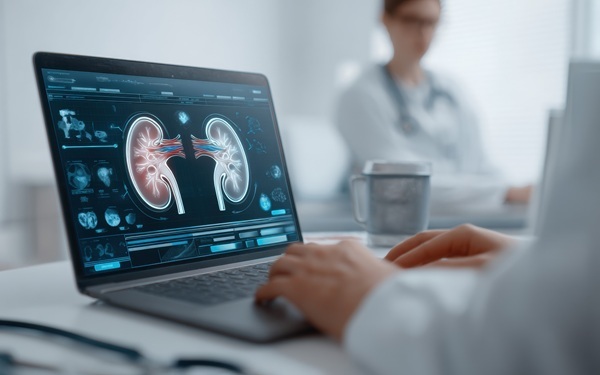
EMR-Based Tool Predicts Graft Failure After Kidney Transplant
Kidney transplantation offers patients with end-stage kidney disease longer survival and better quality of life than dialysis, yet graft failure remains a major challenge. Although a successful transplant... Read more
Printable Molecule-Selective Nanoparticles Enable Mass Production of Wearable Biosensors
The future of medicine is likely to focus on the personalization of healthcare—understanding exactly what an individual requires and delivering the appropriate combination of nutrients, metabolites, and... Read moreBusiness
view channel
Philips and Masimo Partner to Advance Patient Monitoring Measurement Technologies
Royal Philips (Amsterdam, Netherlands) and Masimo (Irvine, California, USA) have renewed their multi-year strategic collaboration, combining Philips’ expertise in patient monitoring with Masimo’s noninvasive... Read more
B. Braun Acquires Digital Microsurgery Company True Digital Surgery
The high-end microsurgery market in neurosurgery, spine, and ENT is undergoing a significant transformation. Traditional analog microscopes are giving way to digital exoscopes, which provide improved visualization,... Read more
CMEF 2025 to Promote Holistic and High-Quality Development of Medical and Health Industry
The 92nd China International Medical Equipment Fair (CMEF 2025) Autumn Exhibition is scheduled to be held from September 26 to 29 at the China Import and Export Fair Complex (Canton Fair Complex) in Guangzhou.... Read more







